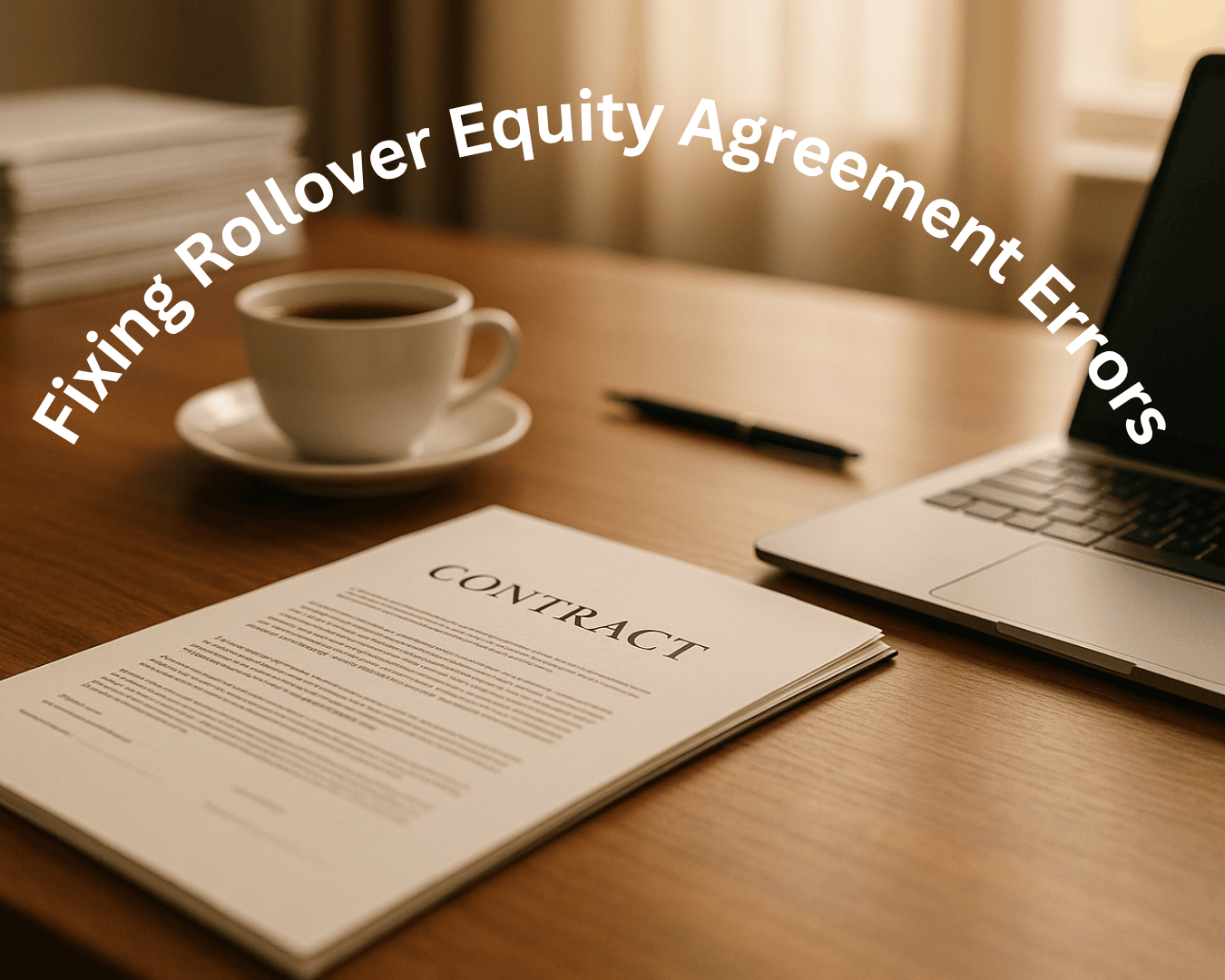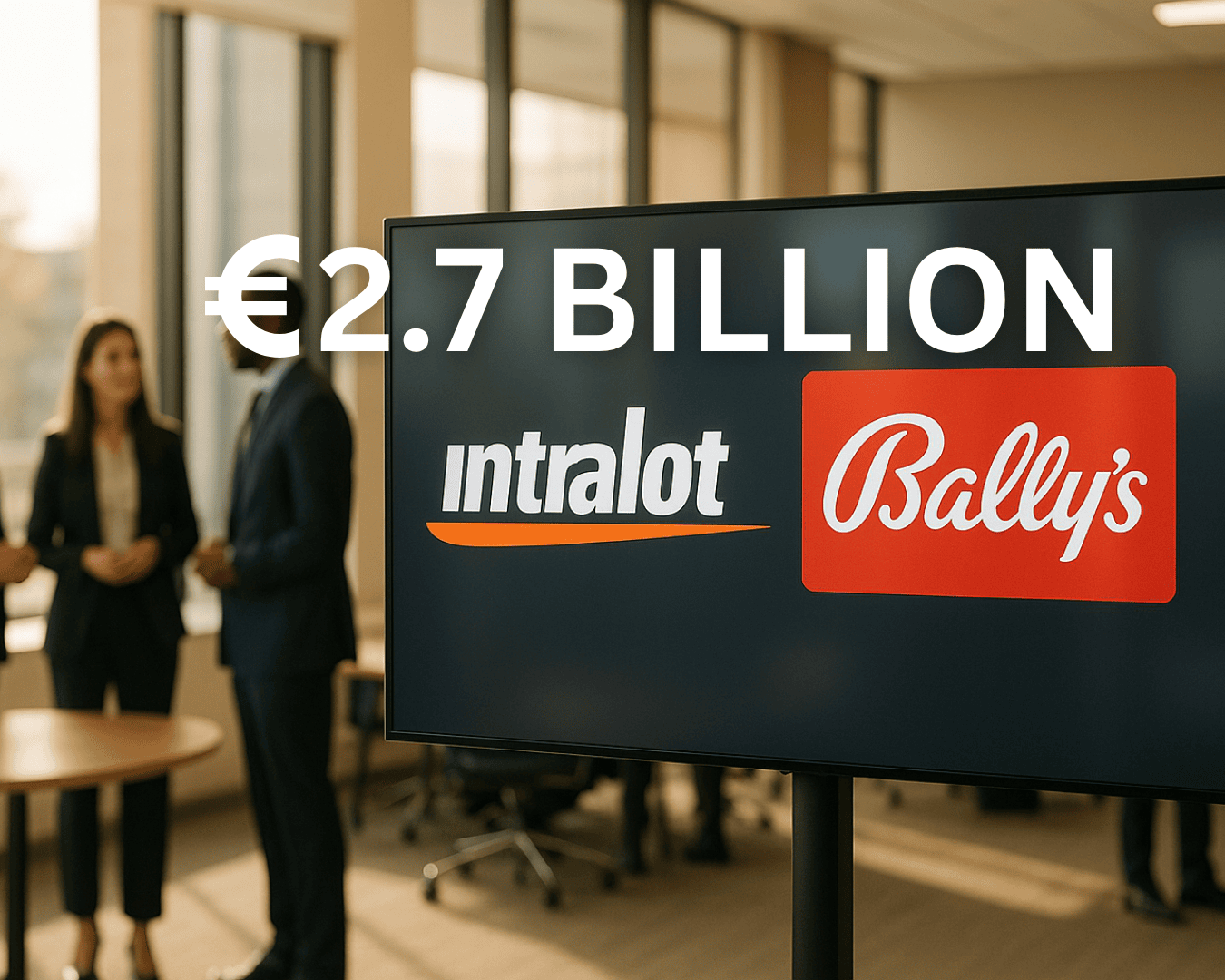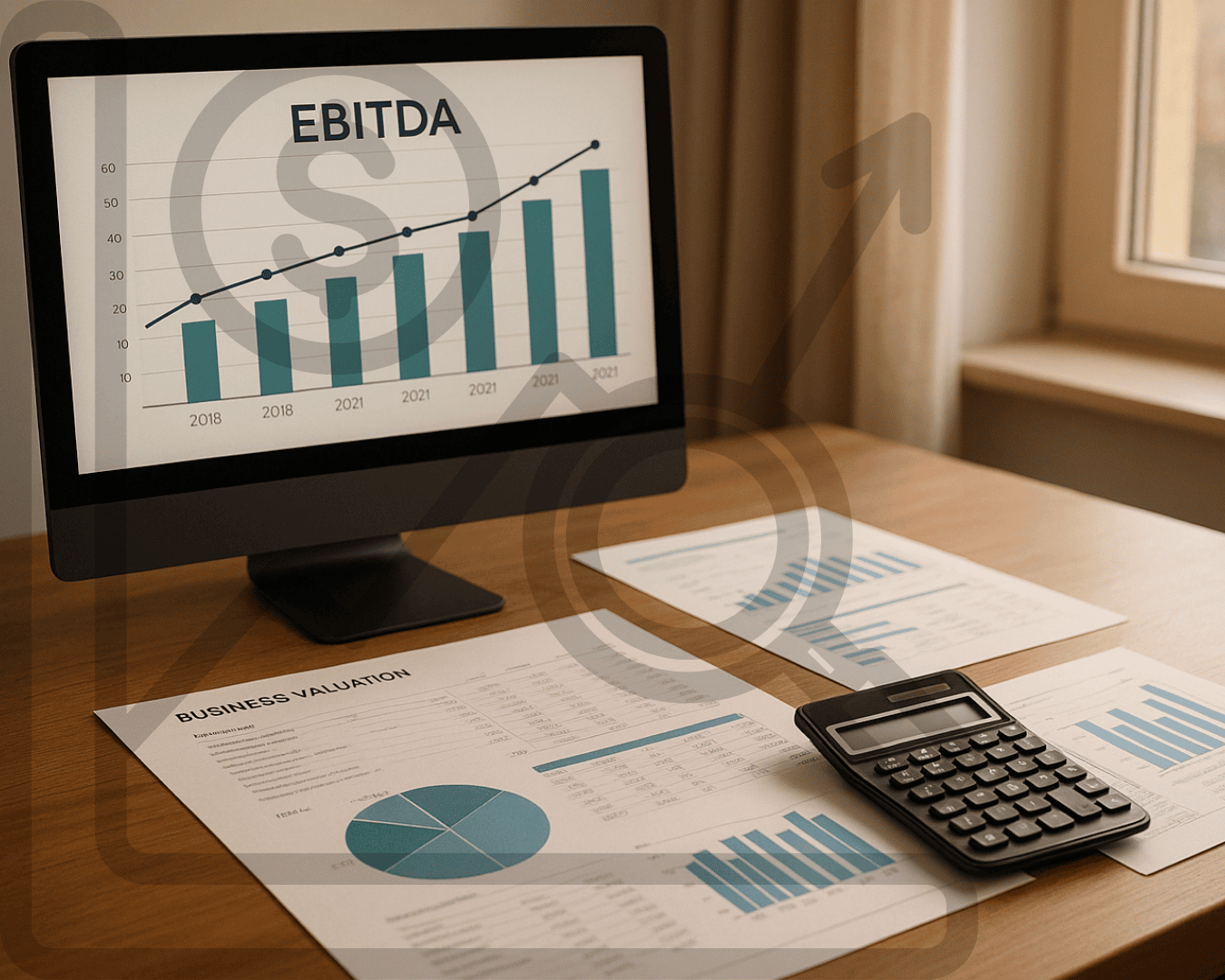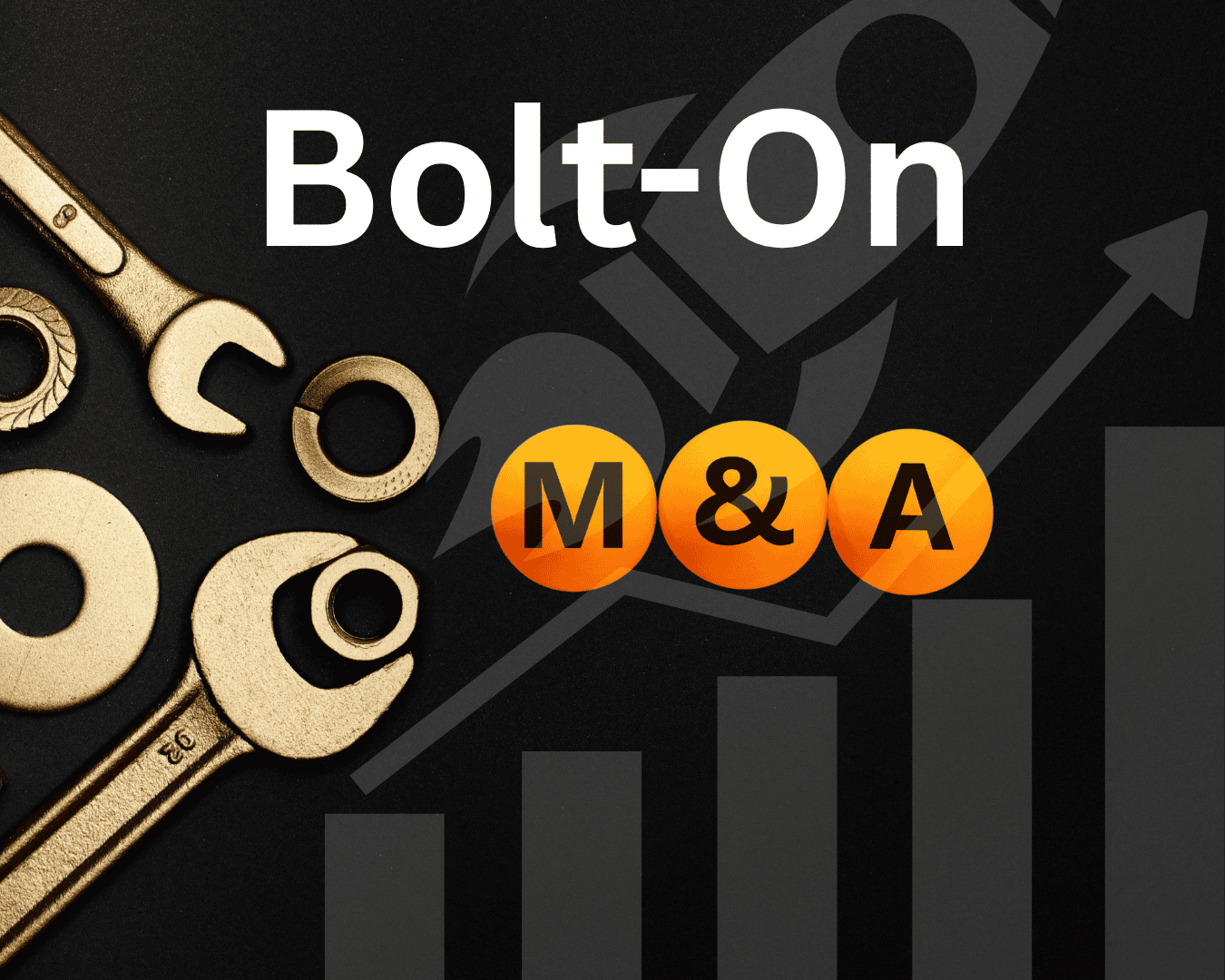Partner buyouts can have major tax implications for both departing and remaining partners. Whether you’re selling your share or acquiring someone else’s, understanding tax rules and strategies is critical to avoid costly mistakes and optimize outcomes. Here's what you need to know:
-
Payment Types Matter: IRS Section 736 divides payments into two categories:
- 736(a): Taxed as ordinary income for the seller but deductible for the partnership.
- 736(b): Treated as capital gains (lower tax rates) for the seller but not deductible.
- Installment vs. Lump Sum: Installment payments spread tax liability over time, while lump sums create immediate tax obligations.
- Section 754 Election: Allows buyers to adjust the tax basis of assets, offering potential future tax benefits but adding complexity.
- Goodwill and Asset Allocation: Properly classifying goodwill and other assets can reduce the tax burden for both parties.
Key takeaway: Proper tax planning involves structuring payments, understanding IRS rules, and working with advisors to ensure compliance and minimize taxes. Tools like Clearly Acquired can simplify the process by offering financing options, expert advice, and documentation management.
Understanding Buy/Sell Agreements
Tax Rules and Regulations for Partner Buyouts
The IRS has laid out specific rules to guide the taxation of partner buyouts. Both departing and remaining partners need to understand these regulations to navigate the process effectively. Two critical provisions, Section 736 and Section 754, dictate how these transactions are treated for tax purposes. Let’s break them down, starting with Section 736.
IRS Section 736 Overview
Section 736 governs how payments made to liquidate a partnership interest are categorized for tax purposes. These rules apply only when the partnership itself makes payments directly to the departing partner. If payments come from other sources, different tax rules are triggered.
Buyout payments can be made as a lump sum or spread out over time to help manage cash flow. These payments are classified into two distinct categories:
- Section 736(a): Payments tied to guaranteed amounts or the partnership's performance. These payments are deductible by the partnership, but the departing partner must report them as ordinary income, which is usually taxed at a higher rate than capital gains.
- Section 736(b): Payments treated as a return of the departing partner’s share of the partnership’s assets. These are not deductible by the partnership. For the departing partner, these payments first reduce their basis in the partnership, and any excess is taxed as a capital gain, which often benefits from lower tax rates.
This difference in tax treatment often creates conflicting priorities during buyout negotiations. Partnerships may prefer Section 736(a) payments for the tax deduction, while departing partners usually favor Section 736(b) treatment to take advantage of potentially lower capital gains rates. The final classification depends on the partnership agreement and how the buyout is structured.
Section 754 Election Explained
Another key tax consideration is the Section 754 election, which allows for adjustments to the tax basis of partnership property during certain transactions. This election comes into play when a partnership interest is transferred or when property is distributed from the partnership. Without it, adjustments to the tax basis of assets can’t be made, potentially limiting future depreciation or amortization benefits.
By making a Section 754 election, the partnership can adjust the basis of its property to align with the purchase price of the departing partner’s interest. This adjustment, often referred to as a "step-up" or "step-down" in basis, is particularly useful when the purchase price is allocated to depreciable assets like equipment, buildings, or intangibles. The adjusted basis allows the acquiring partner to claim larger depreciation or amortization deductions in the future.
However, once a Section 754 election is made, it applies to all qualifying property distributions and transfers for that tax year and future years. Revoking the election requires approval from the IRS. The adjustment process is governed by IRC Sections 734(b) and 743(b), which aim to reconcile the new partner’s purchase price (outside basis) with their share of the partnership’s adjusted asset values (inside basis).
While the benefits of a stepped-up basis and increased future deductions can be attractive, buyers must also consider the added administrative complexity that comes with the election.
Tax Planning Strategies for Partner Buyouts
When navigating a partner buyout, smart tax planning can make a significant difference. By structuring payments and transactions thoughtfully, you can reduce tax burdens while meeting your financial goals. Let’s break down some strategies to help you manage the tax implications of a buyout.
Installment Sales vs. Lump Sum Payments
How you structure the buyout payments can have a big impact on taxes. A lump-sum payment means the departing partner has to report all gains or losses in the year of the sale. While this provides immediate liquidity, it can also create a heavy tax bill and strain cash flow - especially for smaller businesses.
On the other hand, installment payments spread the income over several years, offering the seller tax deferral and giving the buyer more manageable cash flow. However, keep in mind that under Section 453(i), "recapture income" must still be reported in the year of sale.
One caveat: installment sales may trigger imputed interest under Sections 1274 and 1274A. This means part of the payments might be treated as interest income for the seller (and a deductible expense for the buyer). To avoid misunderstandings, the partnership agreement should clearly outline payment terms, late payment penalties, and any security arrangements.
| Payment Structure | Tax Recognition | Cash Flow Impact | Best For |
|---|---|---|---|
| Lump Sum | All gains/losses recognized immediately | Requires significant upfront capital | Buyers with strong cash reserves; sellers needing immediate funds |
| Installment | Income spread over time | Easier on cash flow | Buyers with limited liquidity; sellers looking for tax deferral |
Choosing between these options depends on both parties' financial and tax priorities.
Asset Purchase vs. Partnership Interest Purchase
The structure of the transaction - whether it's an asset purchase or a partnership interest purchase - also plays a big role in tax outcomes.
In an asset purchase, the buyer benefits from a step-up in the basis of acquired assets, leading to future tax savings through accelerated depreciation and amortization. This structure also allows buyers to avoid taking on unwanted liabilities, as they can select specific assets to purchase.
However, a partnership interest purchase is often simpler for the seller. It involves a single level of tax and transfers ownership without dealing with individual assets. The downside for the buyer is that they assume all partnership liabilities and don’t automatically get a step-up in the asset basis unless a Section 754 election is made. For subchapter C corporations, asset sales can result in double taxation, making partnership interest sales more appealing to sellers.
Purchase Price Allocation Across Asset Classes
How the purchase price is allocated among asset classes can significantly affect taxes for both the buyer and the seller. The IRS uses the residual method to allocate the price across seven asset classes, with any remaining value assigned to goodwill.
Buyers generally aim to allocate more of the price to assets that can be deducted quickly, such as equipment or other fixed assets eligible for accelerated depreciation. Sellers, on the other hand, prefer allocations that qualify for capital gains treatment, like goodwill, which is taxed at a maximum federal rate of 20%, compared to ordinary income rates of up to 37%.
For example:
- Class IV assets, like inventory, generate ordinary income for the seller.
- Class V assets, such as equipment, can be depreciated by the buyer.
- Class VII assets, including goodwill, offer capital gains treatment for the seller but must be amortized by the buyer over 15 years.
Both parties need to agree on the allocation and report it on Form 8594. Imagine a $500,000 buyout: you might allocate $200,000 to equipment (Class V), $100,000 to customer relationships (Class VI), and $200,000 to goodwill (Class VII). The buyer could depreciate the equipment over its useful life and amortize intangibles over 15 years, while the seller enjoys capital gains treatment on the goodwill portion.
Careful planning in this area not only avoids surprises at closing but can also make the business more appealing to buyers. Working with a tax advisor early in the process ensures the allocation is optimized for both parties.
Legal Compliance and Documentation
Getting the paperwork right is a cornerstone of any partner buyout. Overlooking essential documents can lead to disputes, tax issues, or even legal penalties. By ensuring proper documentation and involving professionals, you can keep the process smooth and compliant.
Good documentation also strengthens your tax strategies, making sure everything stays on track financially while meeting legal requirements.
Required Documentation and Notifications
Start with a comprehensive buyout agreement. This should outline the purchase price, payment terms, deadlines, non-compete clauses, and financing details. If your partnership doesn’t have a pre-existing buy-sell agreement, work with a legal advisor to draft one. It’s a crucial step to protect everyone involved and avoid misunderstandings.
Update your partnership agreement to reflect the ownership change. This includes removing the departing partner, adjusting ownership percentages, and amending capital accounts. These updates ensure everything is clear and legally binding.
On the tax side, file IRS Form 1065 and issue a Schedule K-1 to the departing partner. If applicable, include the Section 754 election statement in your tax filings. Don’t forget state-level filings - depending on your business structure, you might need to amend your articles of organization or operating agreement with state authorities to officially record the changes.
It’s also critical to notify all stakeholders. This includes partners, employees, clients, vendors, lenders, banks, and insurance companies. Update contracts and account details as needed. For example, failing to inform a lender about ownership changes could breach loan agreements, while not updating client contracts might create confusion about decision-making authority.
Working with Tax and Legal Advisors
To navigate the complexities of compliance, bring in professional advisors early. Partnership accounting is one of the trickiest areas in tax law, so expert guidance is invaluable.
Tax advisors can help structure the transaction to reduce tax liability and ensure the purchase price is allocated correctly across asset classes. Legal advisors will draft and review contracts, making sure all agreements and filings meet federal and state requirements. Accountants play a key role in maintaining accurate records, determining the business’s value, and properly allocating the buyout amount.
Starting this collaboration early allows you to align the buyout with your business goals while addressing any issues that come up during due diligence.
Consider using technology to manage the documentation process more efficiently. Tools like Clearly Acquired offer features such as deal management, automated NDA deployment, and educational resources to guide you step by step. These platforms can integrate with legal and tax advisory services, helping you prepare, file, and securely store all necessary documents while minimizing the risk of errors.
Investing in professional advice and thorough documentation not only prevents disputes and reduces tax burdens but also ensures the business continues to operate smoothly during the transition.
sbb-itb-a3ef7c1
Tools and Resources for Partner Buyouts
Navigating the tax and financial complexities of a partner buyout requires more than just crunching numbers. It involves coordinating financial, tax, and legal aspects to ensure a smooth process. With the right tools and expert resources, you can simplify the journey and aim for the best possible outcome for everyone involved.
Some platforms offer integrated solutions to streamline financing, advisory services, and compliance needs. One standout in this space is Clearly Acquired, which provides a range of tools tailored specifically for partner buyouts.
Clearly Acquired's Partner Buyout Features
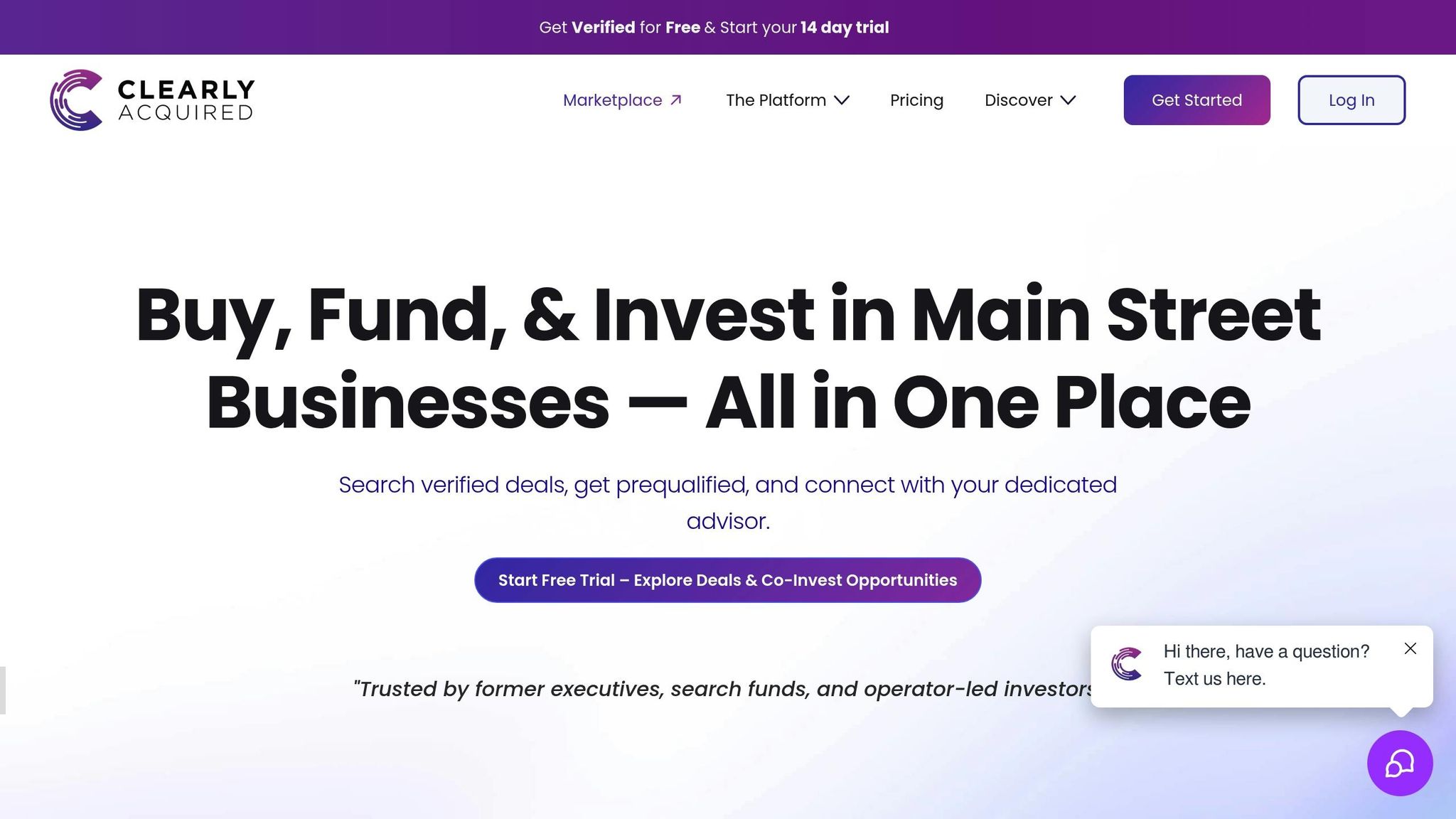
Clearly Acquired is designed to tackle the intricate details of partner buyouts. By combining financing options, expert advice, and innovative tools, the platform ensures a seamless experience. Buyers can access various financing solutions, including SBA loans, commercial loans, and lines of credit, through a network of national and local lenders. Debt brokers on the platform assist in structuring deals to minimize tax burdens, while AI-powered tools like data rooms and automated workflows handle critical tax documentation efficiently.
The platform’s track record speaks volumes - handling $6.5 million in business transactions every month. This demonstrates its capacity to manage high transaction volumes while focusing on the fine details that make partner buyouts successful.
Educational Resources for Tax-Efficient Buyouts
In addition to practical tools, having access to educational resources can be a game-changer. Tax laws are constantly evolving, so staying informed is essential. Clearly Acquired's business acquisition course provides a step-by-step guide to understanding the nuances of business acquisitions. It dives into tax planning strategies, explaining concepts like IRS Section 736 and Section 754 elections. These insights help you distinguish between guaranteed payments and distributions, as well as adjust the basis of partnership assets to optimize tax benefits.
The course also offers practical advice for real-world situations. For example, it covers how to structure installment sales to spread tax liabilities over several years and how to allocate purchase prices across asset classes effectively. Early planning is emphasized as a key to success, and the course even facilitates networking opportunities with business owners who have completed similar buyouts.
Together, these tools and resources create a well-rounded support system, giving you the knowledge and professional guidance needed to make confident, informed decisions throughout the partner buyout process.
Conclusion and Key Takeaways
Handling the tax challenges of a partner buyout demands careful planning, thorough documentation, and the guidance of experienced professionals. A solid grasp of IRS Section 736, which governs how buyout payments are classified, is crucial for reducing your tax burden and structuring the deal to fit your needs.
Timing and payment structure play a big role in tax outcomes. For instance, installment payments can help spread out income tax obligations, while selling a partnership interest often qualifies for capital gains treatment. Under Section 736, payments classified under (a) are deductible but taxed as ordinary income, whereas those under (b) are eligible for capital gains treatment.
Given the complexity of tax laws, especially when dealing with "hot assets", consulting with skilled tax and legal advisors is a must. Their expertise ensures compliance with regulations and helps optimize your tax position.
Tools like Clearly Acquired can simplify the process by combining financing options, expert advisory services, and advanced management tools. These platforms make it easier to handle documentation, manage deals, and address potential challenges early in the process.
FAQs
What are the tax differences between Section 736(a) and Section 736(b) payments in a partner buyout?
When organizing a partner buyout, Section 736(a) payments are classified as ordinary income for the departing partner, meaning the partnership can deduct these payments. On the other hand, Section 736(b) payments are treated as capital gains for the departing partner, which may offer a lower tax rate but are not deductible for the partnership.
Deciding between these payment types can have a notable effect on both the partnership's tax responsibilities and the departing partner's tax burden. It’s crucial to thoroughly assess the tax and financial outcomes of each option to ensure they align with your business objectives and strategy.
What is a Section 754 election, and how does it impact the tax basis of partnership assets?
What Is a Section 754 Election?
A Section 754 election lets a partnership adjust the tax basis of its assets when ownership changes hands - like when a partner sells their interest or passes away. This adjustment matches the tax basis of the partnership’s assets to their fair market value, which can benefit both new and existing partners.
The main perk? It helps avoid double taxation on gains, potentially lowering future tax bills. That said, it does add some administrative work and could lead to higher taxes down the road if the basis is stepped up. This election is especially handy during partner buyouts or business transitions, where careful tax planning can make a big difference.
How can the purchase price in a partner buyout be allocated to reduce tax liabilities?
To make the most of tax strategies during a partner buyout, carefully consider how the purchase price is allocated among various asset classes. The goal is to limit allocations to assets taxed at higher ordinary income rates, such as goodwill or certain intangible assets, and instead focus on assets that qualify for capital gains tax rates, which are generally more favorable.
Another useful tool is a Section 754 election, which allows the purchasing partner to adjust the tax basis of the partnership’s assets. This adjustment can help lower future tax obligations, offering a potential long-term benefit.
Accurate valuation and mutual agreement on these allocations are crucial to staying compliant and achieving the best tax outcomes. Working with a tax advisor or financial professional can provide the guidance needed to navigate these strategies and steer clear of costly mistakes.













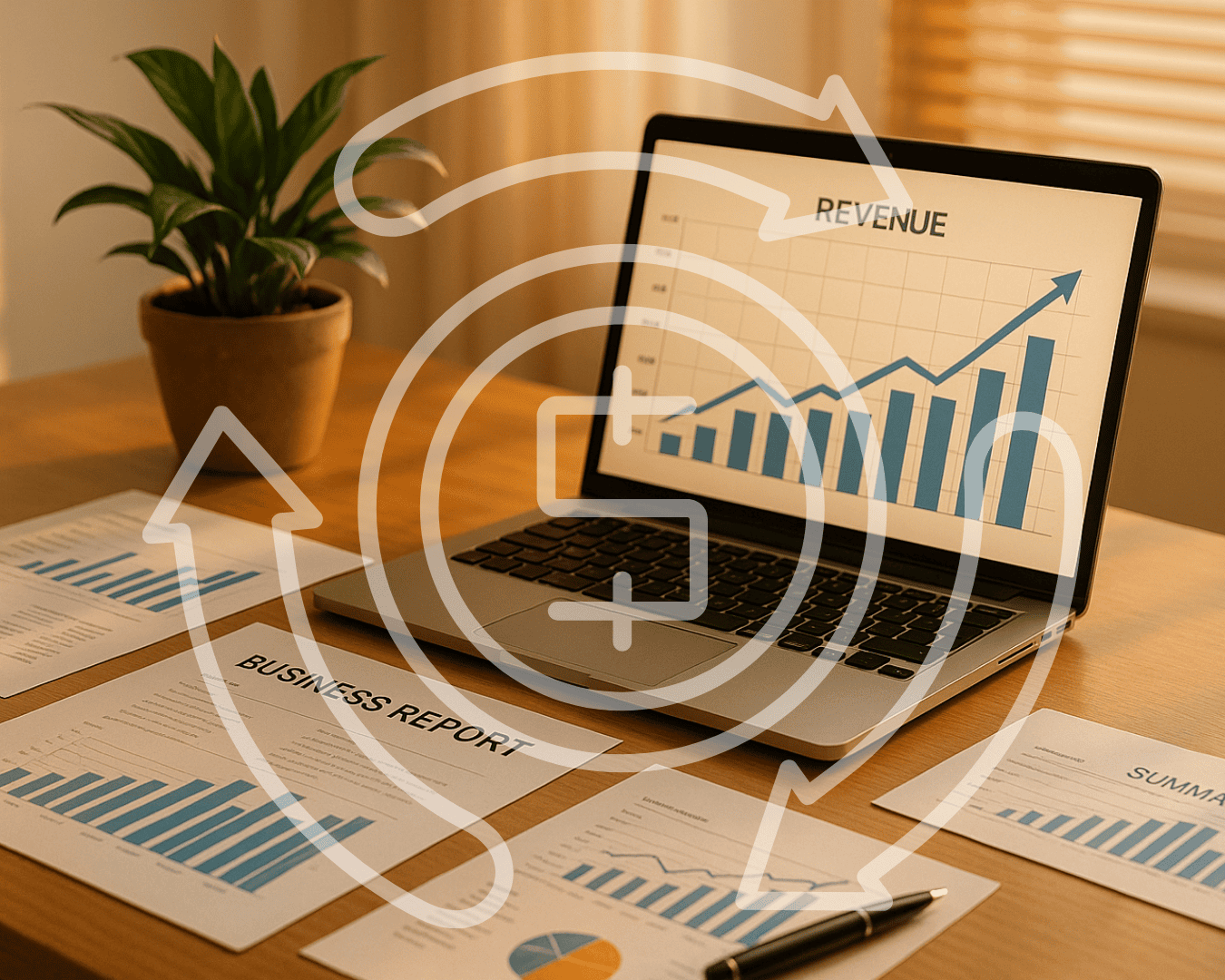










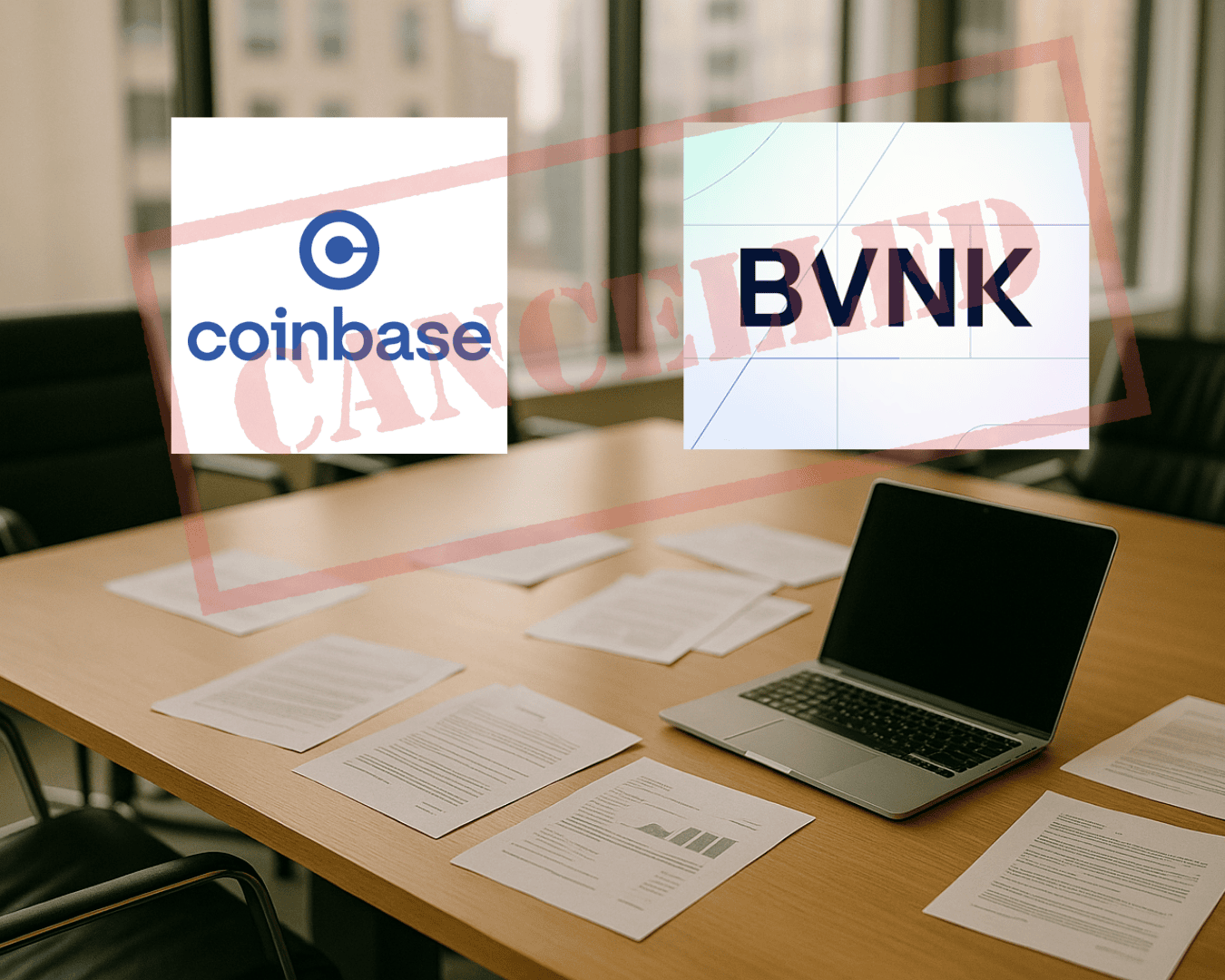









.png)

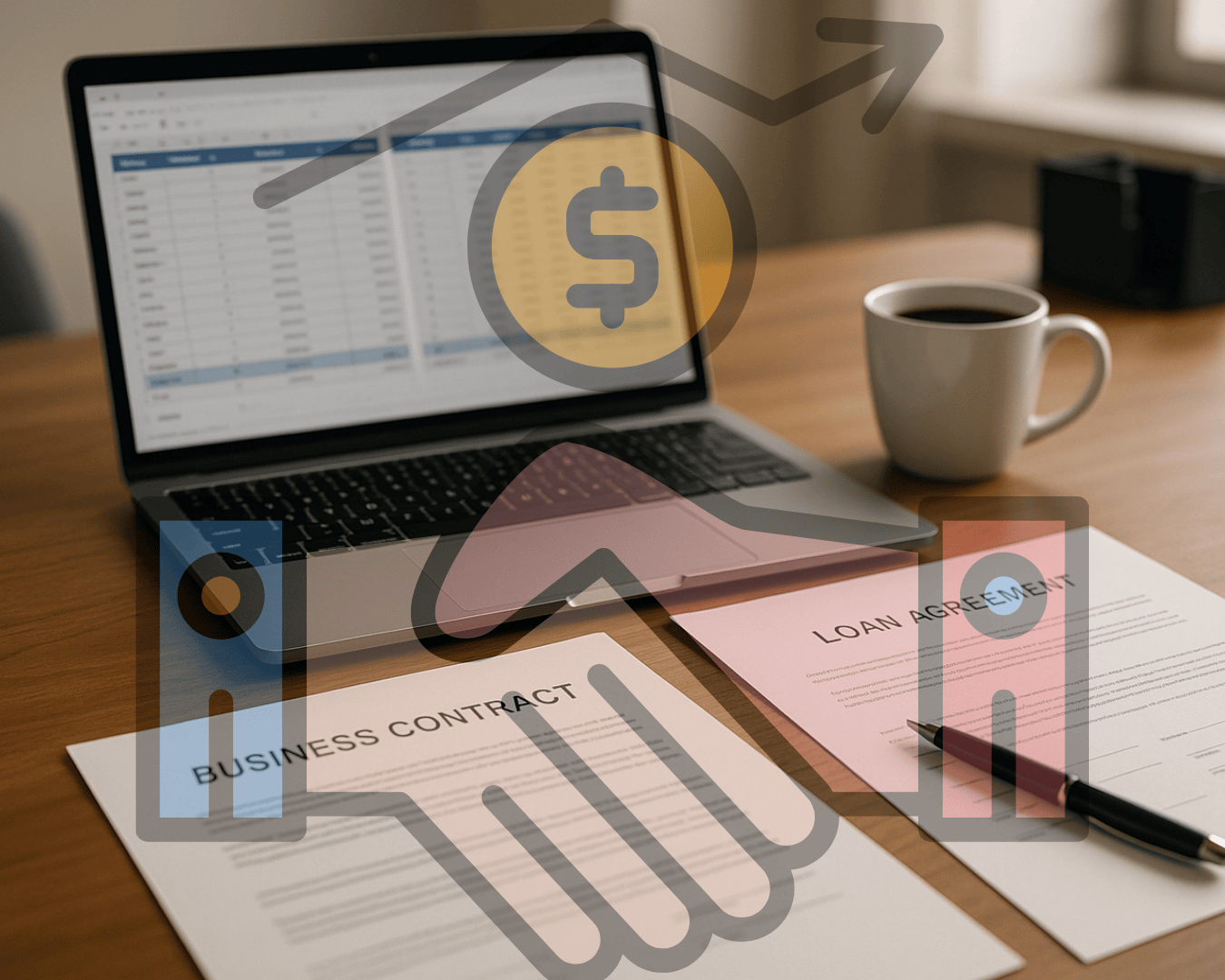




















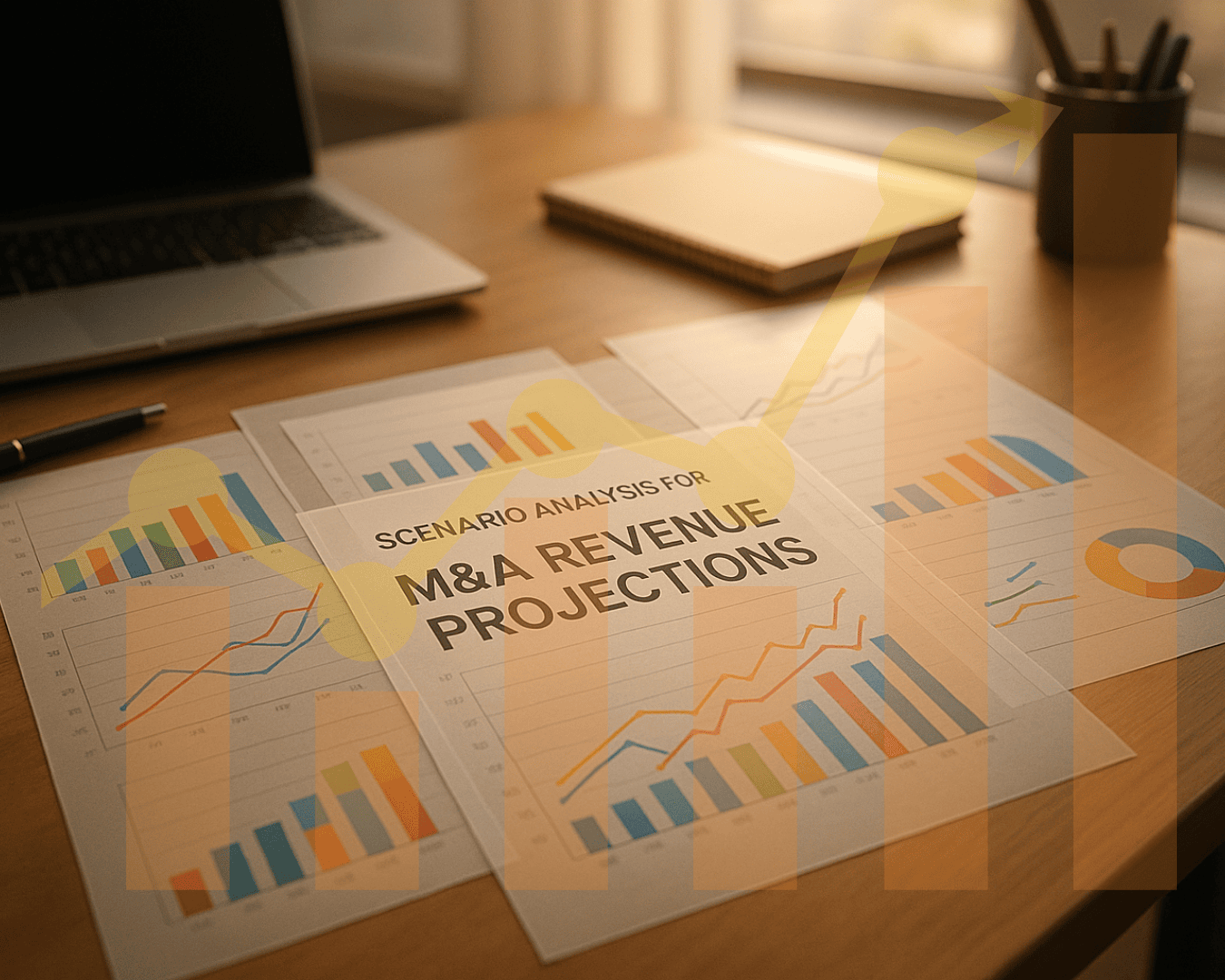





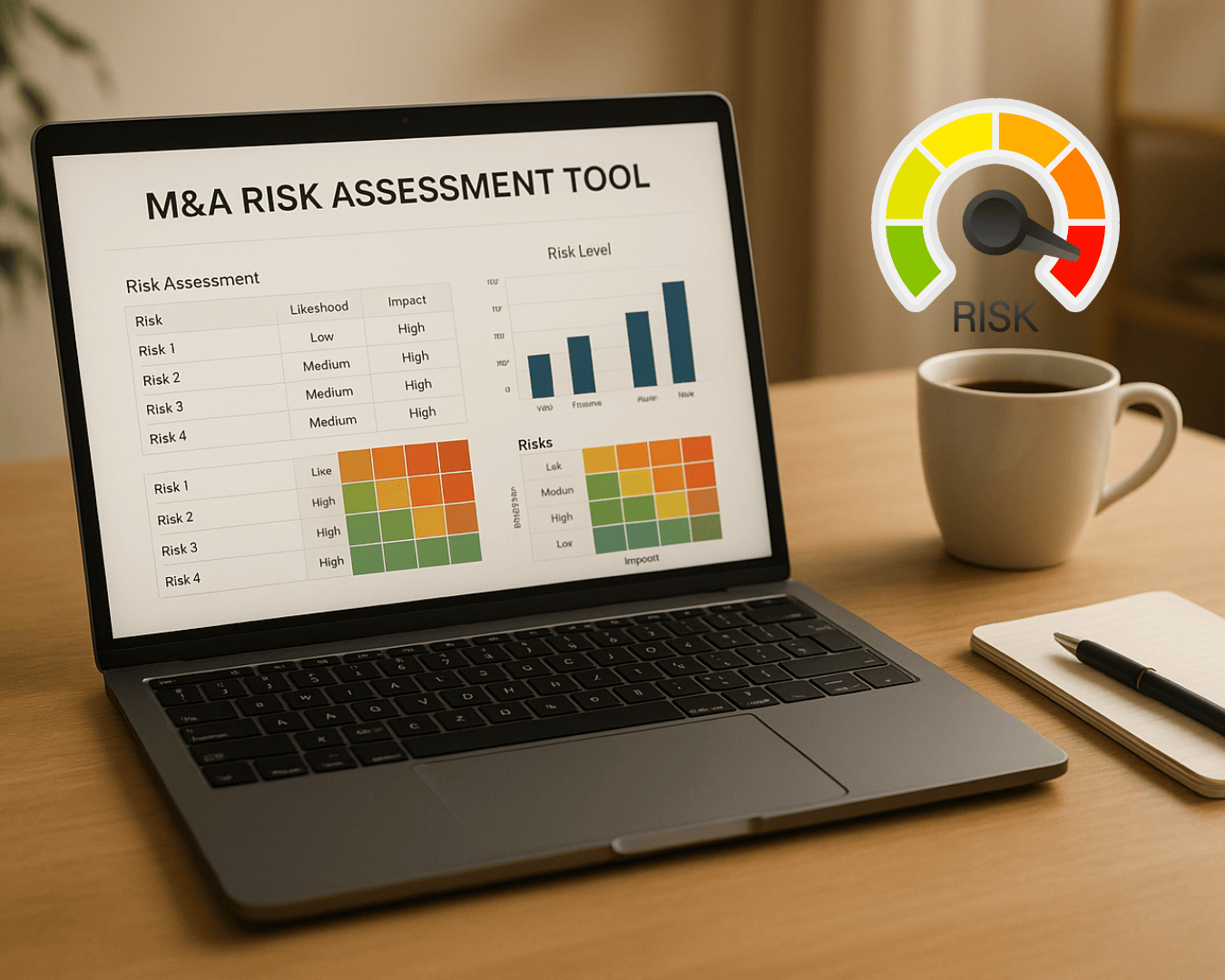

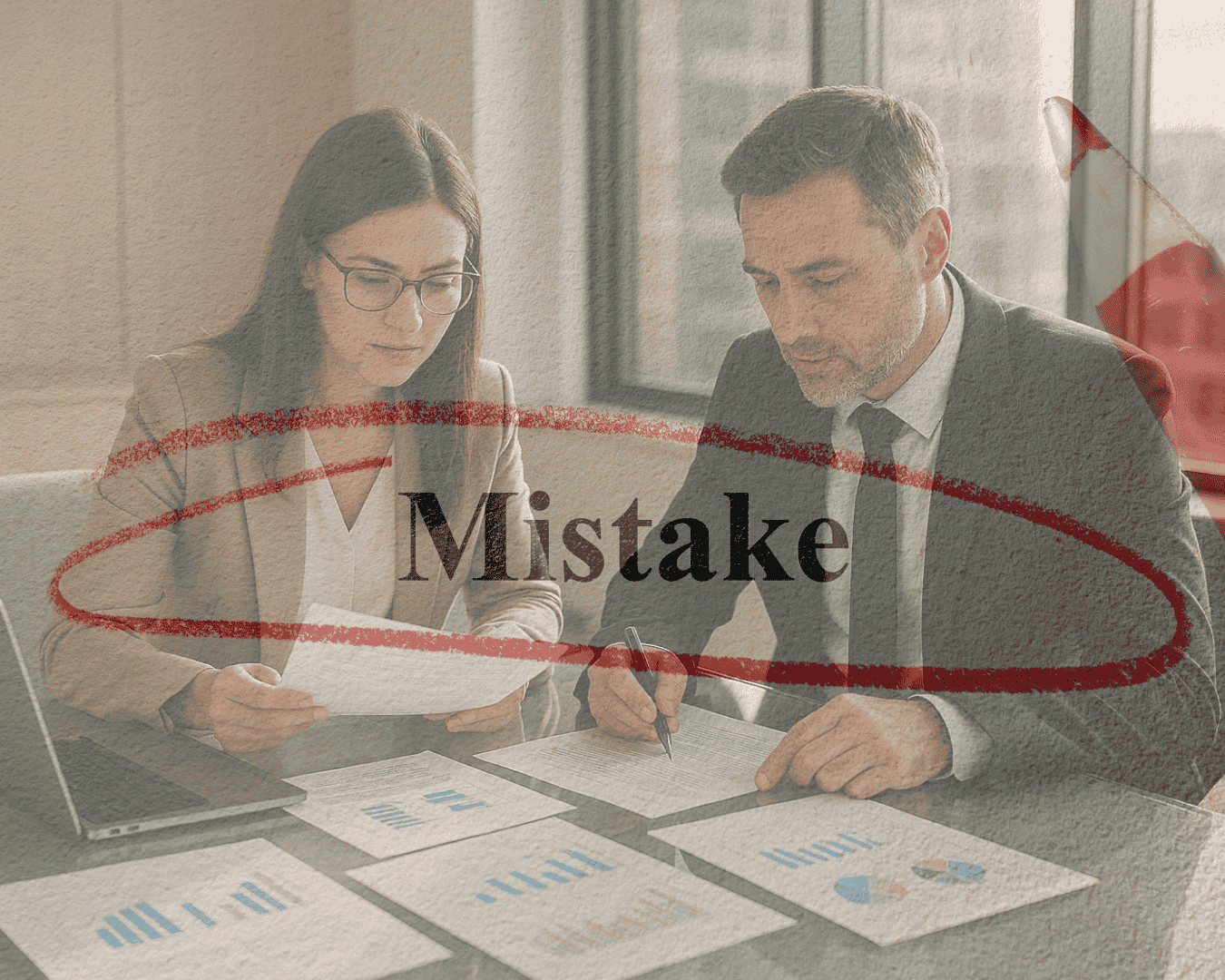
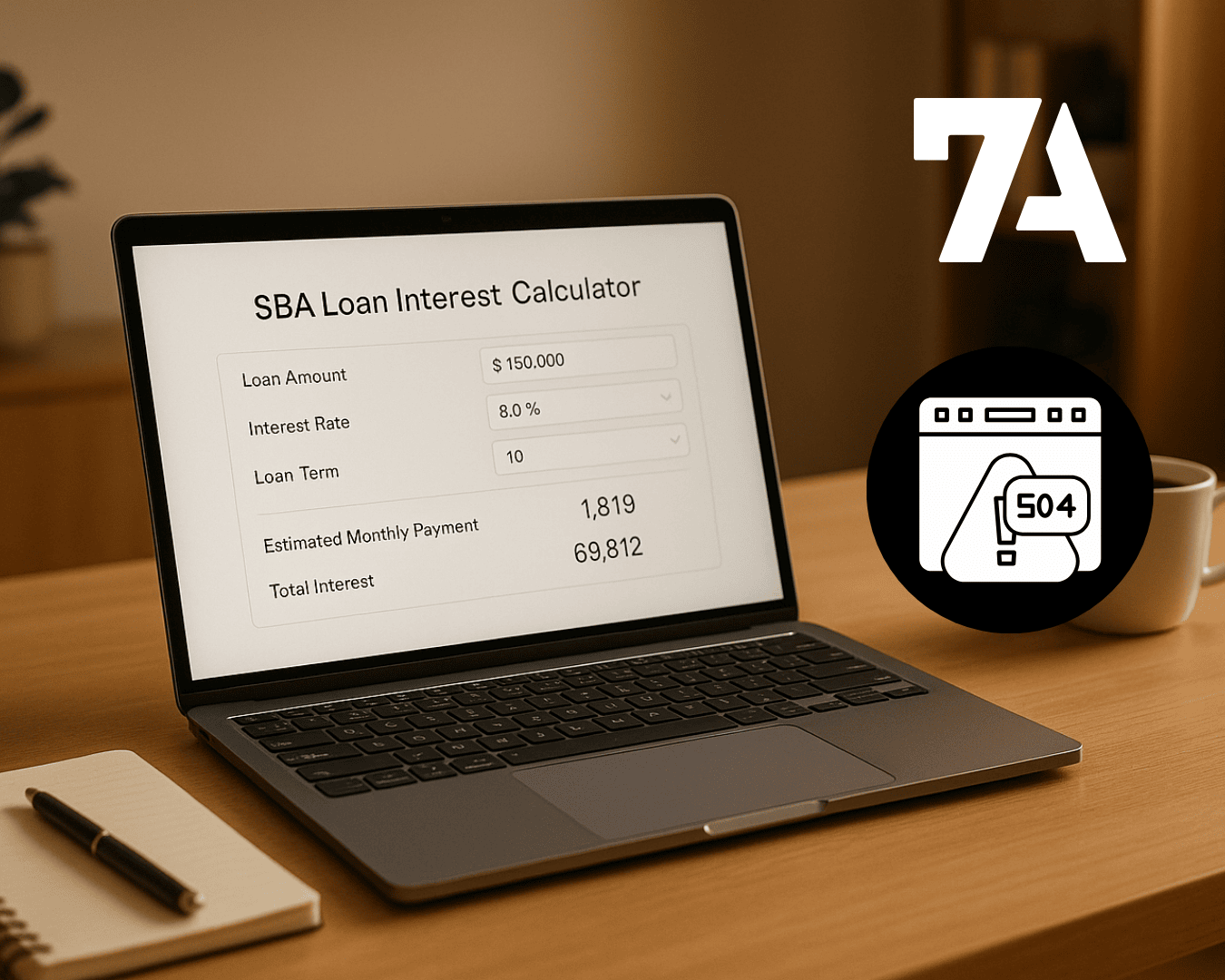








%20Loan%20Application%20Checklist.png)
